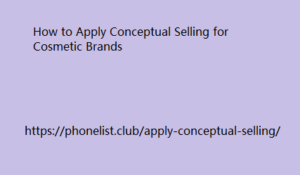Our smartphones have become personal
information hubs, and managing our ever-growing network of contacts is paramount. But have you ever wondered how your phone organizes all those names, numbers, and emails? This article delves into the schema of the contact book database, unveiling the blueprint that powers your digital address book.
Relational Foundations: Building Blocks of Contact Data
This model uses interconnected tables, each storing specific data points about your contacts. Here’s a breakdown of the core tables in a well-designed schema:
- Contacts Table: The cornerstone, storing essential information about each contact, including name, various phone number types (mobile, work, home), email addresses, and physical addresses.
- Raw Contacts Table (Optional): This table acts as the building block for a single contact. It stores unique identifiers and links to other tables containing additional details about that contact.
Beyond the Basics: Expanding Your Contact Schema for Richer Contacts
A well-structured How to Apply Conceptual Selling for Cosmetic Brands contact book schema extends beyond basic information to accommodate diverse data points, fostering richer and more meaningful connections:
- Organizations Table (Optional): This table stores information about organizations your contacts belong to, such as company name, department, and website.
- Relationships Table (Optional): This table allows for defining relationships between contacts. For example, it can specify that “John Doe” is the “manager of” or “colleague with” “Jane Doe.”
- Notes Table (Optional): This table provides a space for storing additional context specific to each contact. Birthdays, anniversaries, personal preferences, or gift ideas can all reside here, enriching your interactions.
Advanced Features: Tailoring Your Schema for Personalization
Modern contact apps often incorporate additional tables to cater to specific user needs:
- Media Table: This table stores profile pictures or other associated media files for contacts, adding a visual element to your digital rolodex.
- Events Table: This table allows for managing birthdays, anniversaries, or other relevant events associated with your contacts, ensuring you never miss an important date.
- Social Media Integration (Optional): Advanced schema designs may connect to social media platforms, fetching additional data and enriching contact profiles with information like recent updates or shared interests.
Relationships: The Powerhouse of the Schema
The true strength of a well-designed A Key Role in Business Growth contact book schema lies in the relationships established between tables. Primary keys, unique identifiers within each table, connect the data.
Benefits of a Well-Structured Schema
A well-structured contact book schema offers several advantages:
- Data Integrity: Reduces data redundancy and ensures consistency across different data points, minimizing errors.
- Efficient Data Retrieval: Enables you to search and filter contacts based on specific criteria quickly and easily.
- Scalability: Allows for easy addition of new data fields or functionalities as your needs evolve.
- Improved User Experience: A well-organized schema translates to a more intuitive and user-friendly contact app experience.
Conclusion: Understanding the Schema Empowers You
By understanding the schema of your contact book database, you gain a deeper appreciation for how your phone manages your contacts. This knowledge empowers you to manage your contacts more effectively, leverage the functionalities of different apps, and personalize your digital address book.



